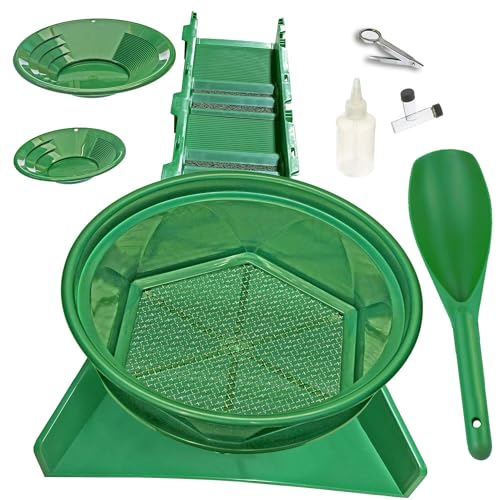With the ever increasing number of new members to this great prospecting hobby, thought it to be an appropriate time to update some details about personal safety devices.
Did mention in a previous post about being ordered out of a store because the proprietor was giving a customer false information and trying to coerce him into spending double and I called the customer aside and advised him he was being conned.
For fishing friends who wish to also try their hand at prospecting or vice versa.
One EPIRB can be registered for both land and sea.
We have an EPIRB fixed in ute when travelling and when I had my boat I would take the same unit with me when venturing out on the ocean.
Some of the major retailers advertise EPIRBS for the sea and PLB's for land.
BTW, I understand very few would carry an EPIRB on their person when detecting, the PLB being lighter/smaller is the obvious choice.
However PLB battery once activated is only half that of an EPIRB.
Official details here, some states may have differ/ eg: In WA an EPIRB is a requirement if venturing 2Nm off shore;
https://beacons.amsa.gov.au/about/beacon-types.asp
Did mention in a previous post about being ordered out of a store because the proprietor was giving a customer false information and trying to coerce him into spending double and I called the customer aside and advised him he was being conned.
For fishing friends who wish to also try their hand at prospecting or vice versa.
One EPIRB can be registered for both land and sea.
We have an EPIRB fixed in ute when travelling and when I had my boat I would take the same unit with me when venturing out on the ocean.
Some of the major retailers advertise EPIRBS for the sea and PLB's for land.
BTW, I understand very few would carry an EPIRB on their person when detecting, the PLB being lighter/smaller is the obvious choice.
However PLB battery once activated is only half that of an EPIRB.
Official details here, some states may have differ/ eg: In WA an EPIRB is a requirement if venturing 2Nm off shore;
https://beacons.amsa.gov.au/about/beacon-types.asp















































